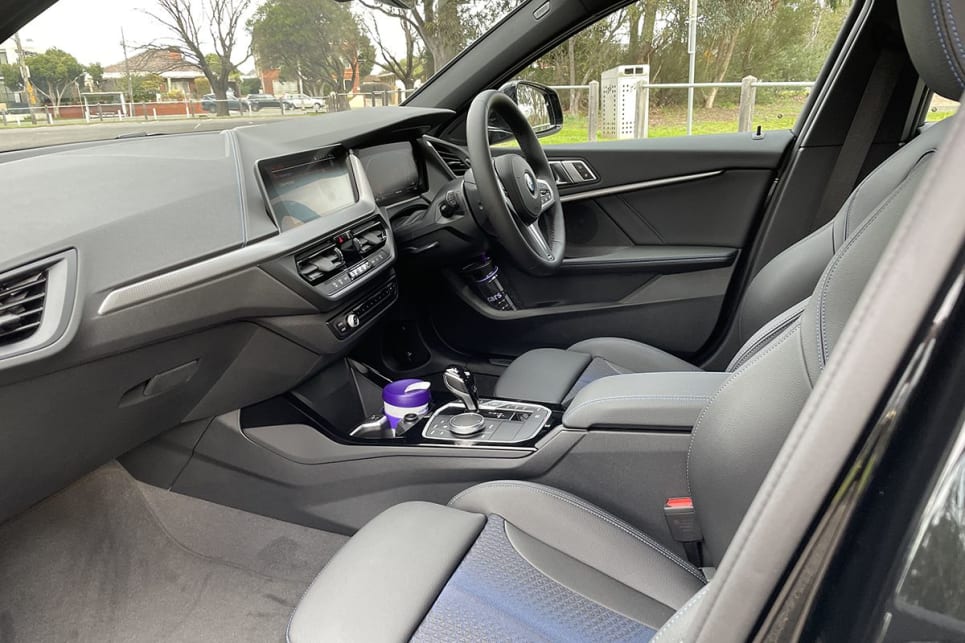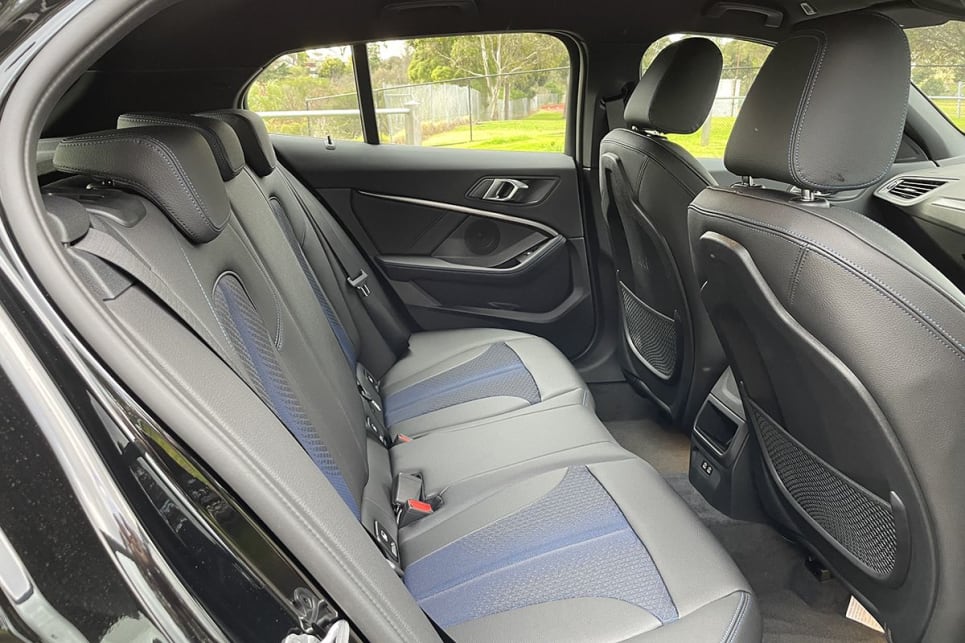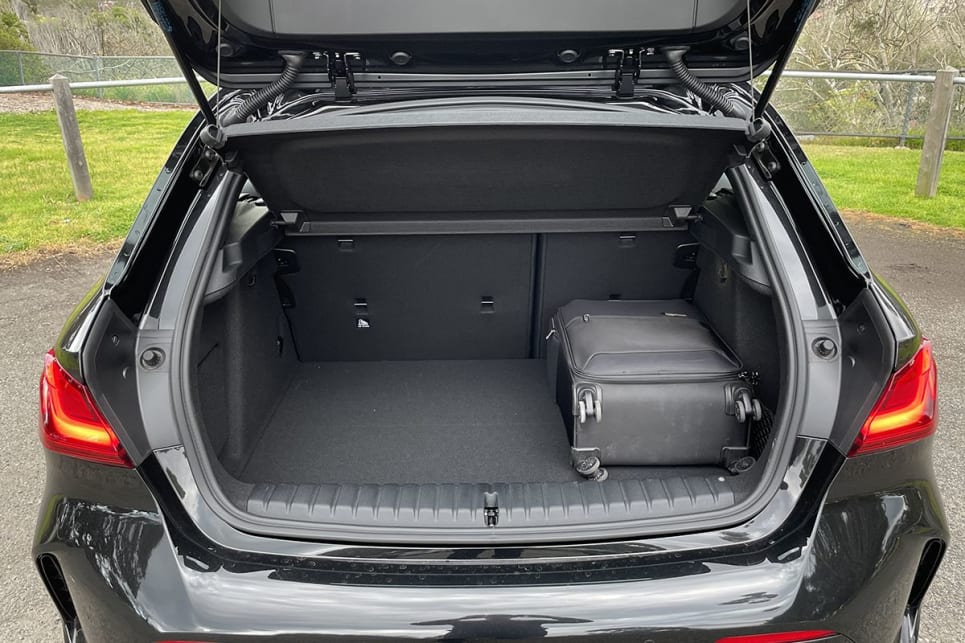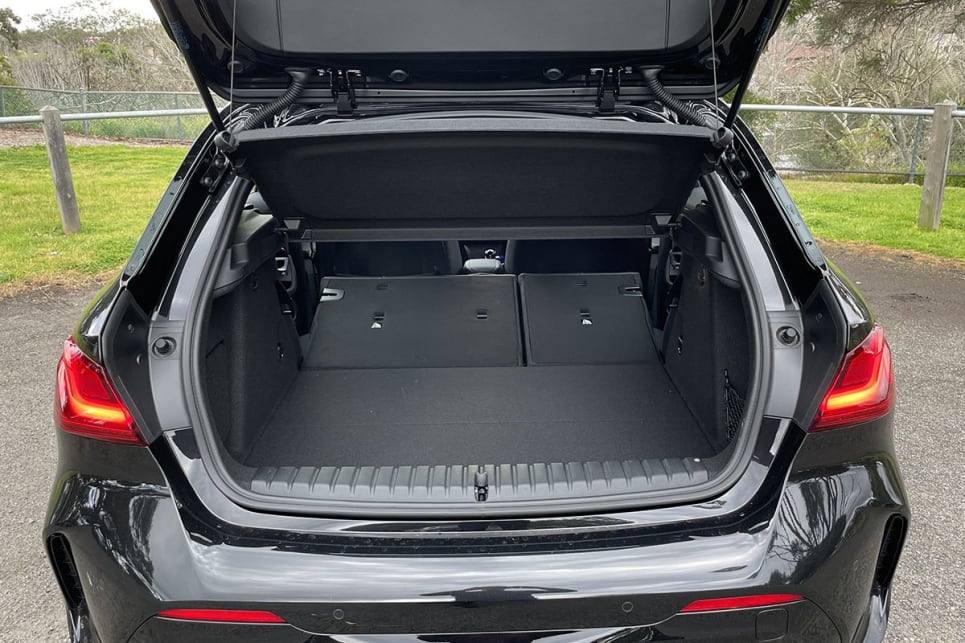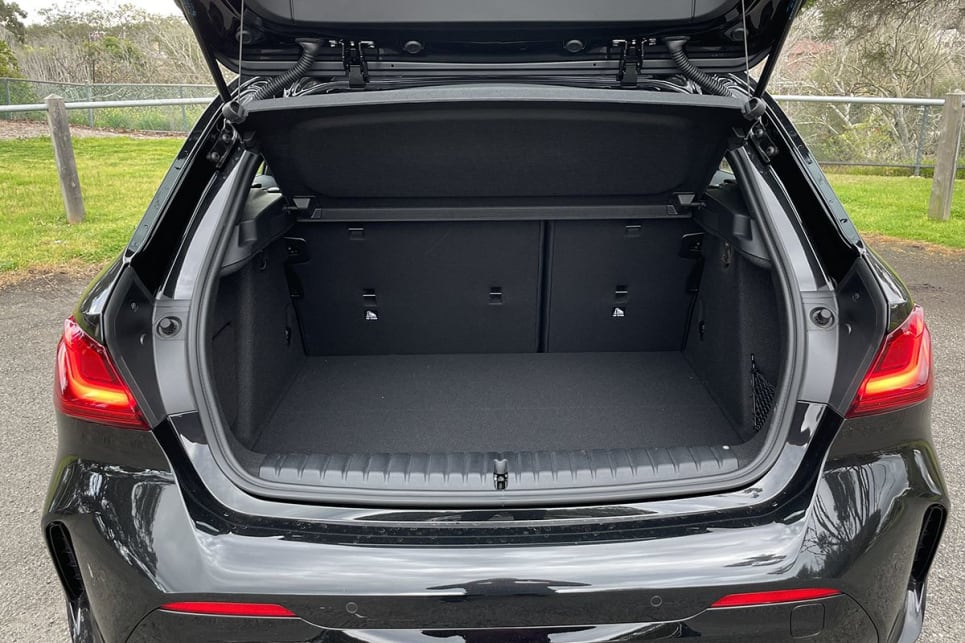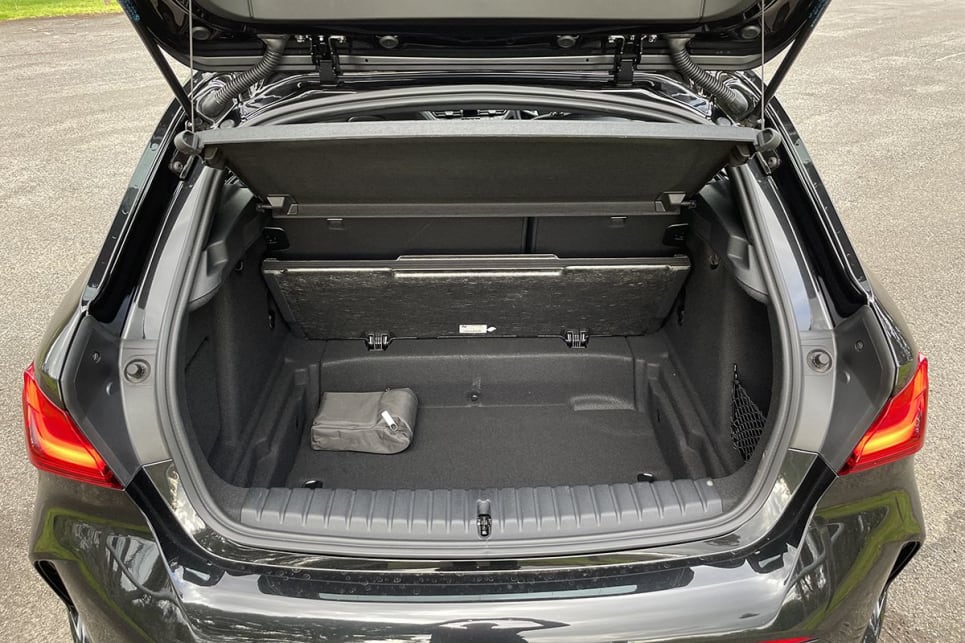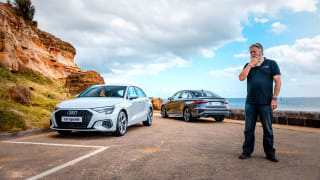The 118i kicks off the BMW 1 Series range from $49,900, before on-road costs. From there you can step up into the warmed over 128ti from $58,900, and the range is topped by the spicy all-wheel drive M135i xDrive in Pure ($67,900) or regular guise ($72,900).
The 118i’s circa-$50K price tag is a lot for an entry-level small hatchback, but it seems BMW has become better at including standard gear in its base variants. But it’s still not what you’d call generous.
Standard equipment in the 118i includes single-zone climate control, a head-up display, LED headlights and fog lights, an 'M aerodynamics' package, leather steering wheel, sports seats, a six-speaker audio system, auto-dimming rear-view mirror, rain-sensing wipers, 'M Sport' suspension, wireless smartphone charging, a 10.25-inch digital instrument cluster, and a 10.25-inch multimedia screen with satellite navigation, digital radio and Apple CarPlay.

The only option fitted to the test car was premium paint ($1308) which brought the price-as-tested to $51,208, before on-road costs.
So there’s some good tech on the list, but there could be more premium features, you know, given it’s a premium brand, and all. Heated seats would be nice, for example.
Unsurprisingly, BMW offers a number of different options packs ranging in price from $1700 to more than $4000, depending on what you want.

Its two closest rivals are of course from the other big Germans - the Mercedes-Benz A180 (from $49,890) and Audi A3 35TFSI ($47,100) hatchbacks. The level of standard gear is relatively even across the three, although the Audi has the lead when it comes to safety (more on that below), hardly surprising given it's the newest of the three.
There’s also the question of value, especially when you compare with high-grade small hatchbacks from mainstream brands. Models like the Mazda3 X20 Astina ($43,190 BOC), or Honda Civic VTi-LX ($47,200 drive-away) could be good alternatives, or for similar money you could get into something sporty like a Hyundai i30 N Premium (from $48,000 BOC) or for a few grand more there’s the Volkswagen Golf GTI ($54,990 BOC).





